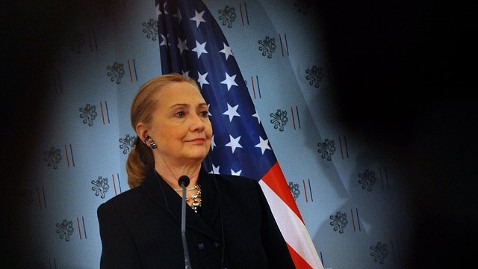Read more: "2013 Smart Guide: 10 ideas that will shape the year"
NASA'S Curiosity rover is about to have its cake and eat it too. Around September, the rover should get its first taste of layered sediments at Aeolis Mons, a mountain over 5 kilometres tall that may hold preserved signs of life on Mars.
Previous rovers uncovered ample evidence of ancient water, a key ingredient for life as we know it. With its sophisticated on-board chemistry lab, Curiosity is hunting for more robust signs of habitability, including organic compounds - the carbon-based building blocks of life as we know it.
Observations from orbit show that the layers in Aeolis Mons - also called Mount Sharp - contain minerals thought to have formed in the presence of water. That fits with theories that the rover's landing site, Gale crater, was once a large lake. Even better, the layers were probably laid down quickly enough that the rocks could have held on to traces of microorganisms, if they existed there.
If the search for organics turns up empty, Aeolis Mons may hold other clues to habitability, says project scientist John Grotzinger of the California Institute of Technology in Pasadena. The layers will reveal which minerals and chemical processes were present in Mars's past. "We're going to find all kinds of good stuff down there, I'm sure," he says.
Curiosity will explore a region called Glenelg until early February, and then hit the gas. The base of the mountain is 10 kilometres away, and the rover can drive at about 100 metres a day at full speed. The journey should take between six and nine months, but will include stops to check out any interesting landmarks. After all, some of the most exciting discoveries from Mars rovers were a result of serendipity.
"It's a discovery-driven mission," Grotzinger says. "We picked this site because we wanted to go to Mount Sharp. But we'll kind of follow our nose, and see where it leads us off on side trails."
If you would like to reuse any content from New Scientist, either in print or online, please contact the syndication department first for permission. New Scientist does not own rights to photos, but there are a variety of licensing options available for use of articles and graphics we own the copyright to.
All comments should respect the New Scientist House Rules. If you think a particular comment breaks these rules then please use the "Report" link in that comment to report it to us.
If you are having a technical problem posting a comment, please contact technical support.












